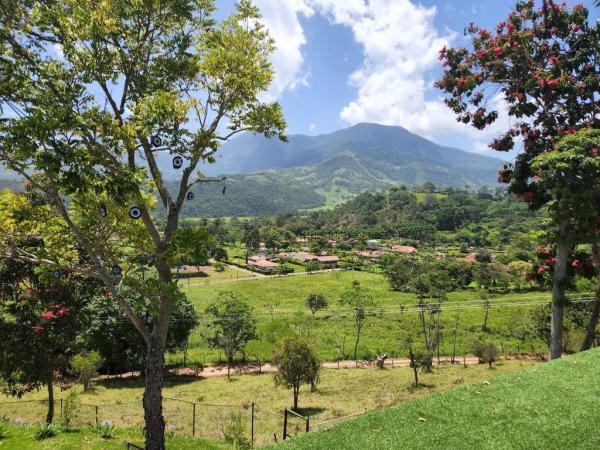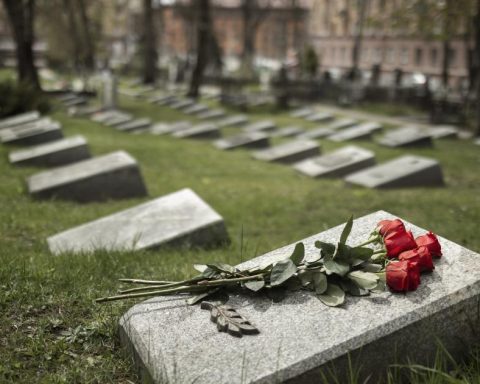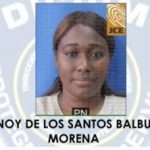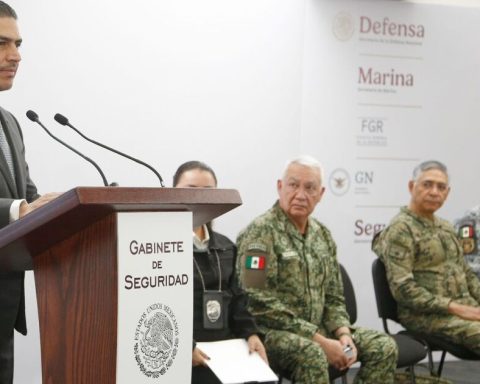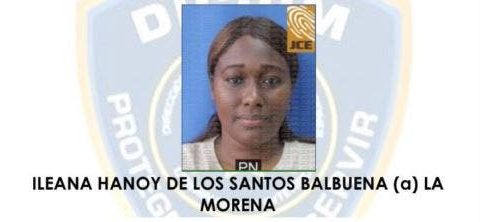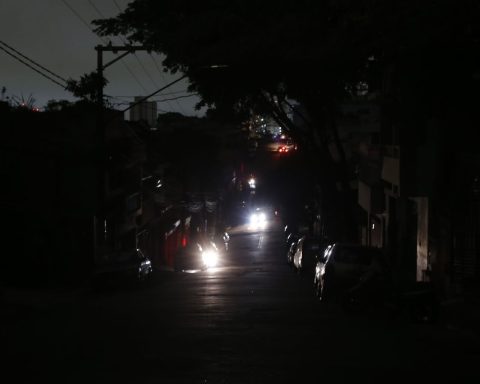There are 40 municipalities that make up the department of Norte de Santander. Characteristic for being an important economic point in the country and, now, for the tourism options that the locals have developed.
‘Where it all began’ is the slogan that identifies the tourist route that is currently available in the department. The foregoing, in response to the important historical events that took place there and the stories told by its streets and buildings built from La Colonia.
(Read: These are the countries where the exchange of Colombian pesos yields the most).
Cucuta
Mariana Guerrero
The capital of the department is recognized for the commercial offer available there. Especially in footwear and clothing. It is also an important center for national and international investment.
And, what few know, is that it also offers its visitors vgastronomic and cultural diversity. The border gate, as it is also known, “is a business city where there is room to enjoy. It is safe and close to several places to get to know and see very beautiful natural landscapes,” explains Lina Silva, a member of the Cúcuta Chamber of Commerce.
To the day, in this city, they come and go around 40 flights from its Camilo Daza airport. It also offers its surroundings connections with six other international airports.
Beyond its connection to the border, Cúcuta has become a place to learn about the history of La Independencia. Museums, old houses and heritage sites have boosted tourism in the city.
Along with this, locals have developed a wide range of options for nightlife. It is a place that also has alternatives of agrotourism, responsible tourism, ecotourism and religious tourism.

chickpea cake
Courtesy of the Cúcuta Chamber of Commerce
In the pearl of the north and its surroundings, gastronomy has become an attraction. In Cúcuta, for example, the visitor finds options for different national and international meals under the seal of signature dishes, traditional recipes or combinations.
(Read: Reopening of the border: the dispute between the Colombian peso and the dollar).
Among its iconic dishes, the goat, the chickpea cake and the mute stand out. In its surroundings, in municipalities such as Pamplonacollations are the protagonists.
Likewise, the department, according to its inhabitants, was the place that gave coffee the entrance to the country. For this reason, the crops of this product are extensive. Currently with more than 500 producers according to the Chamber of Commerce.

Gastronomy in North of Santander
Courtesy of the Cúcuta Chamber of Commerce
Plans for all tastes

Blue Wells
Mariana Guerrero
In Norte de Santander it is possible to find from extreme sports to religious tourism. The municipalities offer different options for all tastes. In Chinácota, for example, sustainable farms, houses with crops or glamping for couples are some of the options. to this add graffiti tour and bird watching.
Further north, in Arboledas, there is adventure tourism with the possibility of discovering more than 11 waterfalls and canyoning, rappelling, canyoning, canopying, tubing and rafting. Also, different tour such as dairy, panela, coffee, cocoa and the ‘sascha’ (the pinca peanut).
Also, a few minutes from Cúcuta are the Pozos Azules. A natural wonder of crystal clear waters with free entry to tourists and very safe.

Pamplona
Mariana Guerrero
In the municipalities of PamplonaChinacota, Villa del Rosario, Ocaña the options are wide. These places offer tourism of two days or more. Also, transportation between them is affordable and simple. There is also Playa de Belén, a heritage town for its conservation and preservation. There you see zero visual and auditory pollution.
(Also: Tourism in the metaverse: what options are there and how much money would it move).
The border gate, as Cúcuta is known, offers a variety of museums for its visitors. From religious relics to the rooms of General Francisco de Paula Santander.

Museums North of Santander
Courtesy of the Cúcuta Chamber of Commerce
The reopening of the border
The National Government announced that the reopening of the border with Venezuela would take place next september 26. Decision that has high expectations for the commercial sector and, therefore, for tourism.
The locals point out that for now the border is totally secure and the passage from one side to the other is done calmly. However, its closure had a direct impact on tourism.

Chinacota
Mariana Guerrero
For example, in the passage of Colombians to tourist places in Venezuela such as Mérida and Isla Margarita. With the reactivation of this corridor and the airlines, Venezuelan companies have ready wide tourist options in the neighboring country.
“It is safe, it is preserved, it has been fixed in recent years and there are options for all tourists”, says Elizabeth Di Dio, owner of Somos Mérida.
Traders in the area, in turn, point out that migration is becoming lower and that in recent months there has been a significant return of Venezuelans to their country for a progressive improvement of social conditions in that country.
(Keep reading: Business tourism, a constantly growing trend).

Museums North of Santander
Courtesy of the Cúcuta Chamber of Commerce
BRIEFCASE
